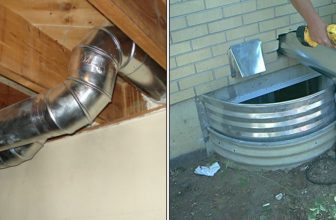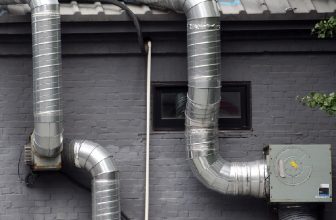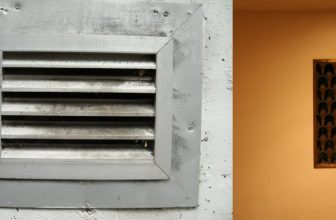How to Stop Condensation on Air Vents
Are you having a problem with condensation forming on the air vents in your home? Do your air vents look unsightly, or worse yet – are they starting to rust out? You’re certainly not alone. Surprisingly, many homeowners face similar issues due to humid climates, ill-fitting covers, and moist climates.
Fortunately, there are several steps that you can take to both alleviate the issue and make sure that your air vents look great while doing their job. Whether you’re dealing with small droplets of moisture or a full-blown case of rust and corrosion, here are some simple tips on how to stop condensation on air vents.
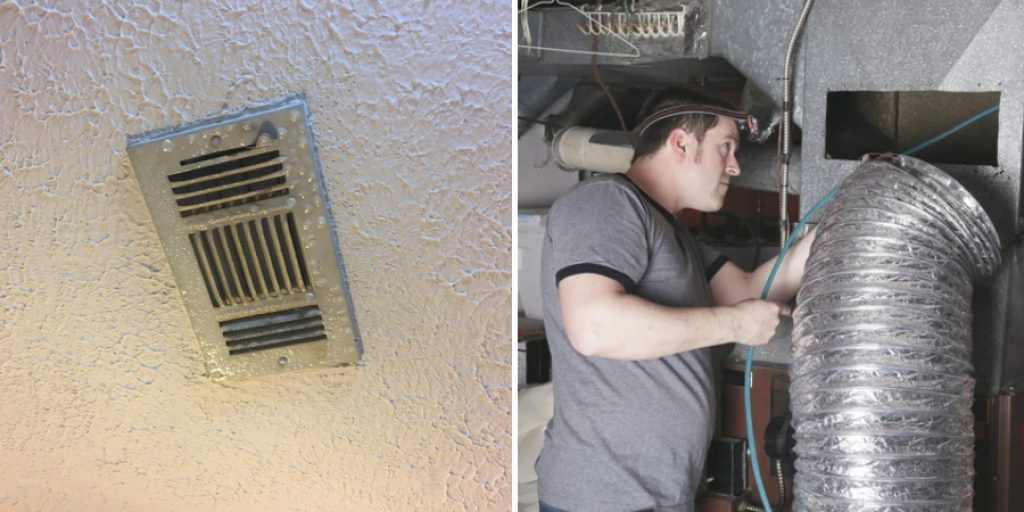
In this blog post, we’ll share some easy tips on how to stop condensation from appearing on your air vents and how you can use them decoratively instead for a stylish finish!
What Will You Need?
To get started, you’ll need a few tools and materials. The list may vary depending on the type of air vent that you have in your home, but the following items will make tackling your condensation problem easier.
- Cleaning supplies (sponge, liquid cleaner, cloths)
- Heating tape or special heating wrap
- Heat-resistant paint
- Replacement air filters (if needed)
- Air vent covers
- Caulk and sealant
- Vacuum cleaner
- Hair dryer (optional)
Now that you have all the supplies you need, it’s time to get started on your project!
10 Easy Steps on How to Stop Condensation on Air Vents
1. Clean Off Any Existing Dirt:
The first step to tackling condensation is thoroughly cleaning off any dirt or debris. Use a damp cloth and some liquid cleaner to get rid of any buildup of dust, pollen, and other particles. You can use a vacuum cleaner to help remove stubborn dirt if necessary.
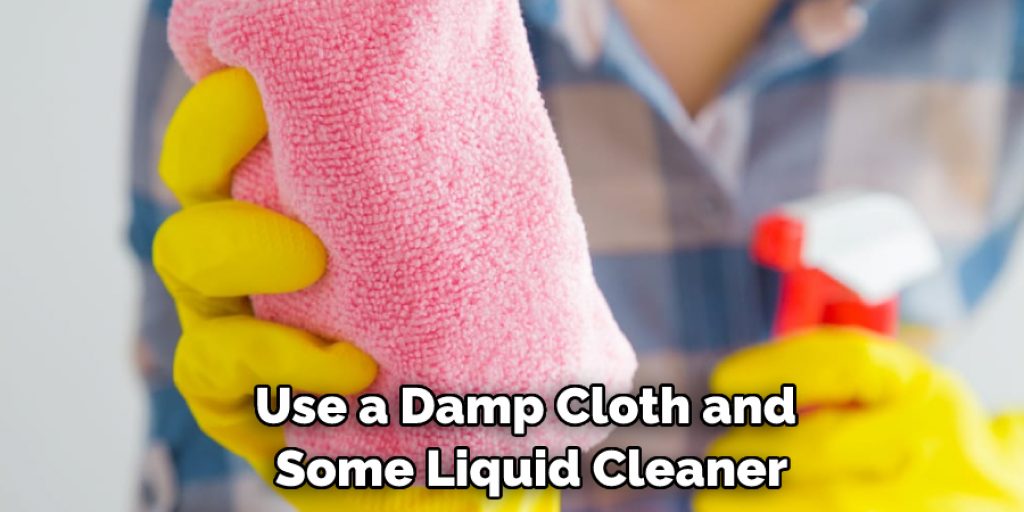
2. Check Air Filter:
Make sure that your air filter is not clogged with dirt, debris, or hair. If it is, replace the filter as soon as possible. A clogged filter will stop the airflow in your home, causing condensation to form on the inside surfaces of your air vents. Don’t forget to check and clean the filter regularly.
3. Apply Heating Tape:
If you think that moisture from outside is entering your home via the air vents, apply heating tape or special heating wrap around them. This will stop cold air from entering the system and prevent condensation from forming. Try to use tape that is heat-resistant and designed for air vents.
4. Paint Air Vents:
If you want to give your air vents a stylish new look, use heat-resistant paint to coat them in a color of your choice. This will not only make them look nicer, but it can also help reduce the amount of condensation they experience by reflecting more sunlight back outside. Additionally, you can use caulk and sealant to protect the air vents from moisture further.
5. Install Vent Covers:
Installing vent covers over your existing vents is another way to stop condensation from appearing. These covers fit snugly over the top of each vent and keep cold air out while allowing warm air to escape. You can find these at most hardware stores or online retailers.
6. Seal Gaps Around Vents:
If you can see any gaps between your air vents and the walls, use caulk or sealant to fill them in. This will stop warm air from escaping and returning to your home, where it may cause condensation to form on surfaces. Be careful not to use too much sealant, or it could damage the air vents.
7. Use a Vacuum Cleaner:
To make sure that no dust or dirt is stuck in your vents, use a vacuum cleaner with a brush attachment to clean them out regularly. This will help keep airflow unrestricted and prevent moisture from collecting inside the system. Ensure that the vacuum bag is emptied after each use to get rid of any dirt or debris.
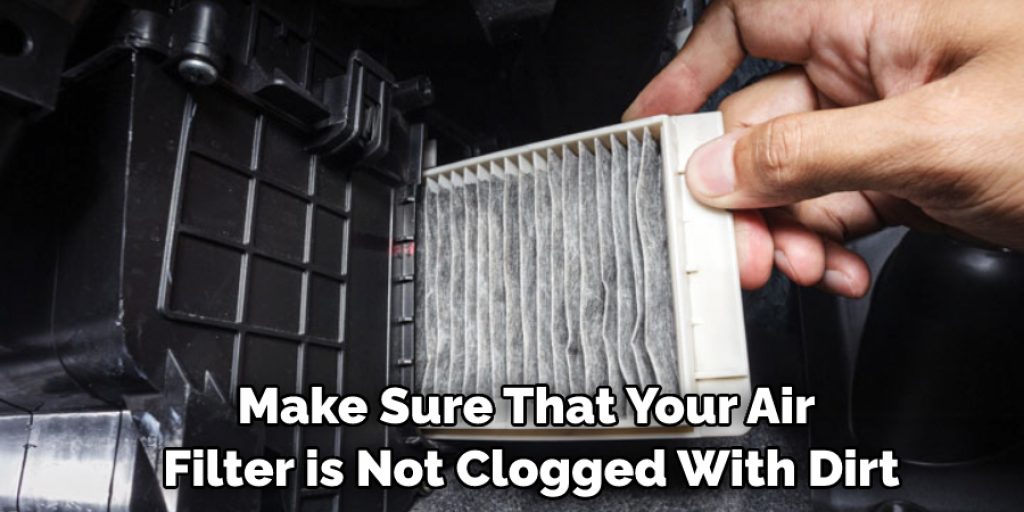
8. Turn Up the Heat:
Increasing your home’s temperature by just a few degrees can make all the difference when it comes to stopping condensation from forming on air vents. This extra warmth will help keep cold air out, preventing condensation from forming on the inside surfaces. Use a thermostat to monitor and adjust the temperature of your home accordingly.
9. Use a Hair Dryer:
If you have a small droplet of condensation that won’t seem to go away, try using a hair dryer set to low heat to evaporate it quickly and easily. Make sure you don’t use too high of a setting or leave it in one spot for too long – this could damage the materials around your vent! Remember to unplug the hair dryer when you’re done.
10. Keep Vents Free From Obstructions:
Finally, make sure that no furniture or other objects are blocking your air vents. If they are, move them away and make sure that there is plenty of open space around them in order to allow airflow. This will help reduce the risk of condensation forming on the inside surfaces.
By following these steps, you can easily get rid of condensation on your air vents and enjoy a dry and comfortable home. If the problem persists, however, it’s best to call a professional for help. They will be able to diagnose any underlying issues and provide solutions that will keep condensation away for good!
5 Additional Tips and Tricks
1. Check the size of your air vents. It is important to ensure that they are not too small, as this can restrict airflow and cause condensation.
2. Increase ventilation in the room where your air vents are located by opening windows or using a fan. This will allow more air to be circulated, reducing any moisture build-up.
3. Clean the air filter regularly on your HVAC system to make sure it’s working efficiently, and there isn’t any dirt or debris blocking the airflow.
4. Use an exhaust fan in rooms such as kitchens and bathrooms to draw out extra moisture from these areas, which can help reduce condensation on air vent covers.
5. Install a humidifier if needed – this will help balance the humidity levels in your home, reducing condensation on air vents.
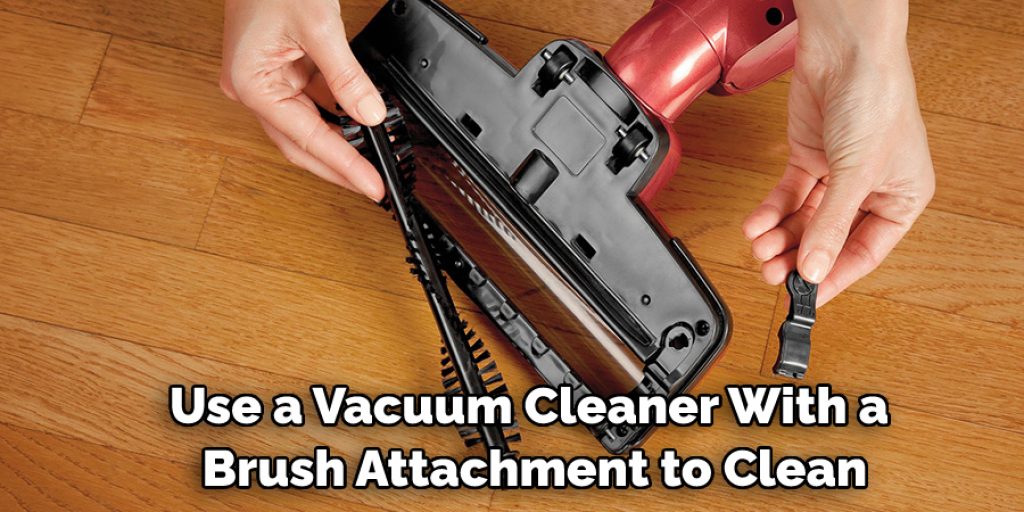
By following these tips and tricks, you should be able to reduce or eliminate condensation on your air vents. With regular maintenance and proper ventilation, you can keep your home comfortable and free from excessive moisture.
5 Things You Should Avoid
1. Avoid blocking your air vents. This can prevent air from circulating properly, leading to a buildup of condensation.
2. Don’t cover any areas where excess moisture might leak, such as around windows or doors.
3. Do not ignore any signs that you may have an HVAC system problem – if you suspect there is an issue, call a professional immediately before the problem gets worse and contributes to the condensation on your air vents.
4. Avoid keeping your home at a constant temperature for too long – this can cause humidity levels to drop, resulting in more condensation on air vents.
5. Try not to use unvented gas heaters or other heating appliances that produce moisture. This can be a major cause of condensation on air vents.
By following these steps and avoiding the common pitfalls, you should be able to prevent any condensation on your air vents. With just a few simple adjustments, you can keep your home comfortable and dry all year round!
What Causes Excessive Ac Condensation?
Condensation on air vents can be caused by a variety of factors, including high humidity levels, inadequate insulation, improper ventilation, leaking HVAC systems, and even blocked air vents. Excessive ac condensation is more likely to occur in areas with poor insulation, such as basements or unfinished attics. If the weather is humid and your home has insufficient ventilation or old windows and doors that don’t seal properly, then it could also lead to condensation on your air vents.
These are the common causes of excessive condensation on air vents, so it’s important to check these areas first when trying to troubleshoot the issue. If all else fails, it’s best to contact a professional who can identify the root cause and suggest an effective solution.

Conclusion
All in all, how to stop condensation on air vents is an achievable goal. By first determining the cause of the problem, you can then apply straightforward remedies to remove the moist air while still pumping fresh air into your space. Furthermore, you should ensure proper ventilation and insulation of your home or office to prevent the issue from persisting.
Although condensation may appear difficult to tame, even with these methods, other methods can likely be used depending on what problems you are dealing with and how each method has helped or hindered.
With sufficient maintenance and adherence to these procedures, you should have no more issues with condensation on your air vents in no time.

